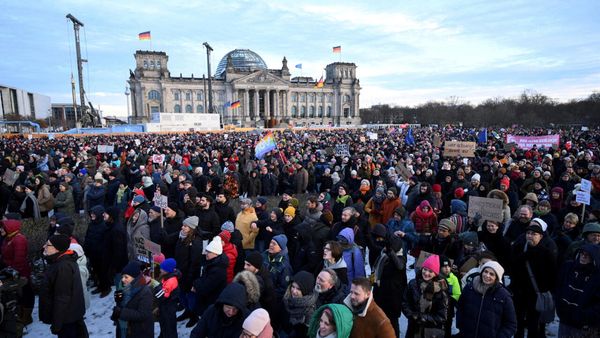
India has become the leprosy capital of the world in the 14 years since it was declared free of the disease, as lack of vigilance and unfriendly laws paved the way for its return.
India officially eliminated leprosy in 2005, reducing its prevalence rate to 0.72 per 10,000 people at national level. But the country now hosts 66% of all leprosy patients in the world, data from the World Health Organization (WHO) showed. In 2016-17, at least 1,35,485 cases of leprosy were detected in the country, but public health experts say this is an under-estimate.
“Regional disparities remained and have not been adequately addressed since 2005. After the World Health Organization declared India leprosy-free, the country didn’t pay much attention to surveillance and case finding. This has resulted in resurfacing of the disease,” said Tehseen Zaidi, manager, communications and advocacy at Sasakawa - India Leprosy Foundation, a charitable organization working on mainstreaming leprosy affected.
Union health minister Harsh Vardhan wrote to his colleagues in the law and social justice ministries on Tuesday, seeking amendment of existing laws which he said were discriminating against persons affected by leprosy.
Vardhan asked the ministers to expedite the process and introduce of the Elimination of Discrimination against Persons Affected by Leprosy (EDPAL) Bill, drafted by the Law Commission of India and annexed in its 256th report.
“Even though the disease is now fully curable, it is disturbing to learn that there still exist 108 discriminatory laws against persons affected by leprosy, including three Union and 105 state laws. The National Leprosy Eradication Programme (NLEP) has achieved enormous success in leprosy control, particularly in the last four decades,” the health minister said.
The minister said leprosy can be treated by multi–drug therapy which is available free of cost at all government healthcare facilities across the country.
“A leprosy-affected person after treatment does not transmit the disease agent. Hence, there should be no justification for the continued stigmatization of persons affected by leprosy,” Vardhan said in his letter. He added that the target of Global Leprosy Strategy 2016-2020 is to reduce the number of countries with laws allowing discrimination on grounds of leprosy to zero.
According to the health ministry, the disease is endemic in 128 districts, with a prevalence rate higher than 1 per 10,000 population.
As of March 2017, about 53 districts in 11 states and Union territories reported a prevalence rate higher than 2/10,000 population. These states were Bihar (4 districts), Odisha (8 districts), Chhattisgarh (15 districts), Gujarat (5 districts), Jharkhand (3 districts), Madhya Pradesh (2 districts), Maharashtra (6 districts), West Bengal (6 districts), D&N Haveli (1 districts), Lakshadweep (1 districts) and Delhi (2 districts).
In 2010, only 20 districts in seven states had a prevalence rate higher than 2/10,000 population.
Government data from districts like Tapi in Gujarat with more than 80% tribal population show that incidence of leprosy has gone up from 9.37 per 10,000 population in 2010 to 17.16 per 10,000 population in 2014. In many tribal belts, the incidence has gone up between 2010 and 2014.
“Medicine and medical services alone will not be able to tackle leprosy... The fight against leprosy cannot be fully won without fighting the stigma against the disease ,” said Zaidi.







